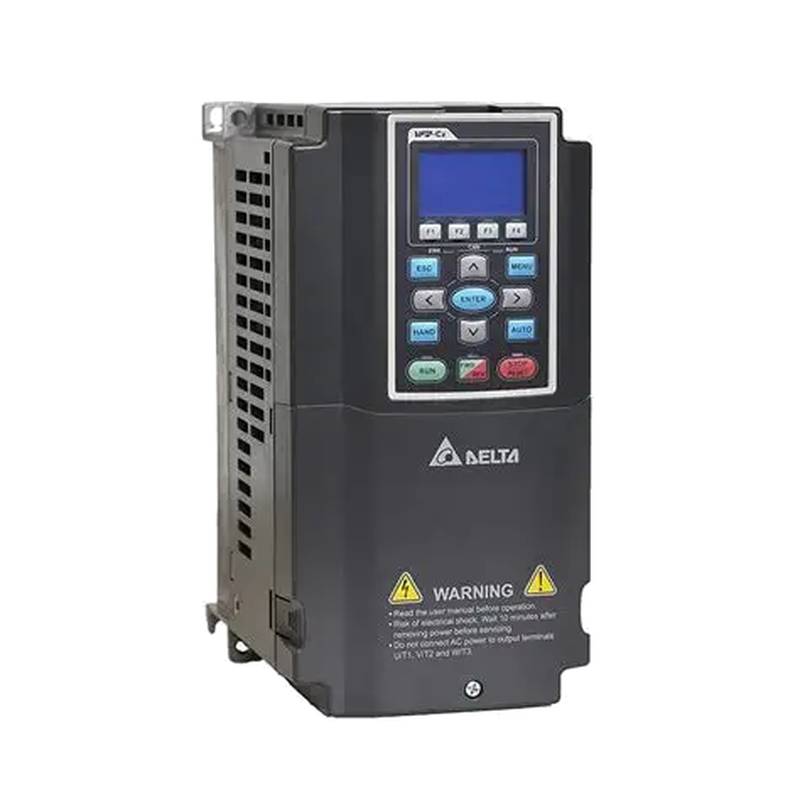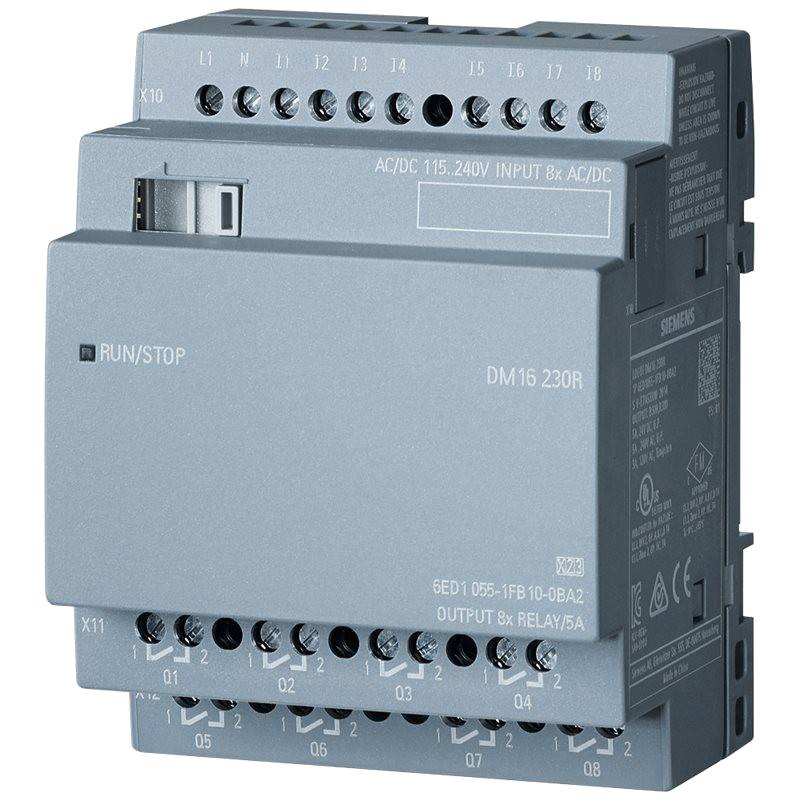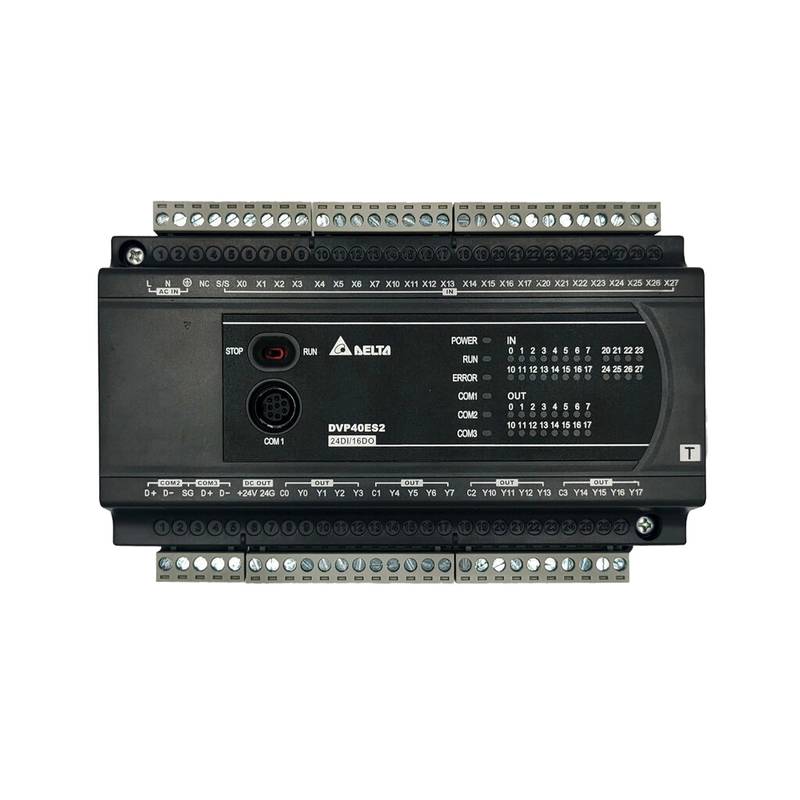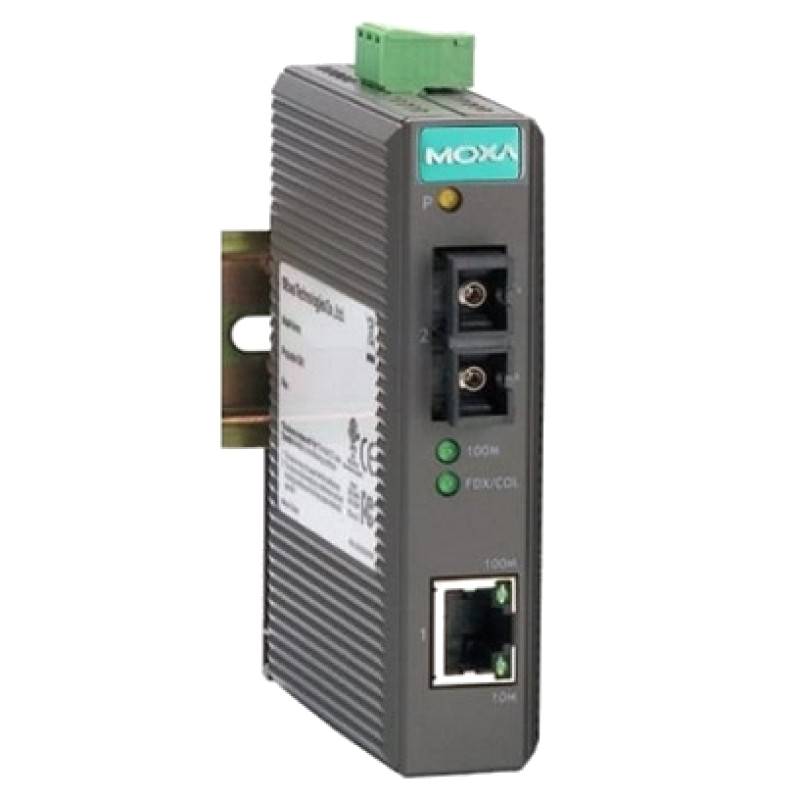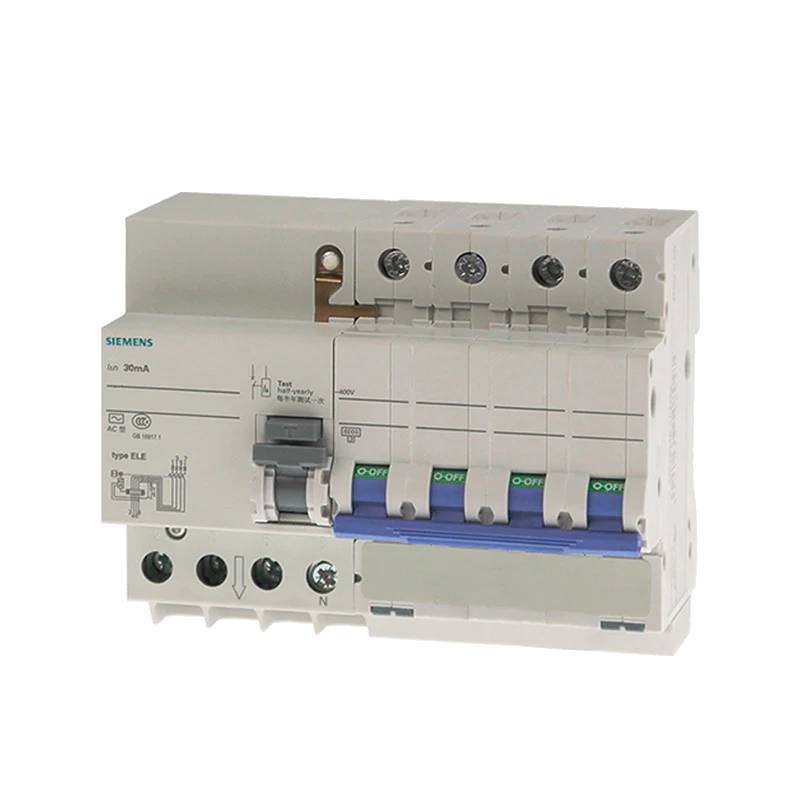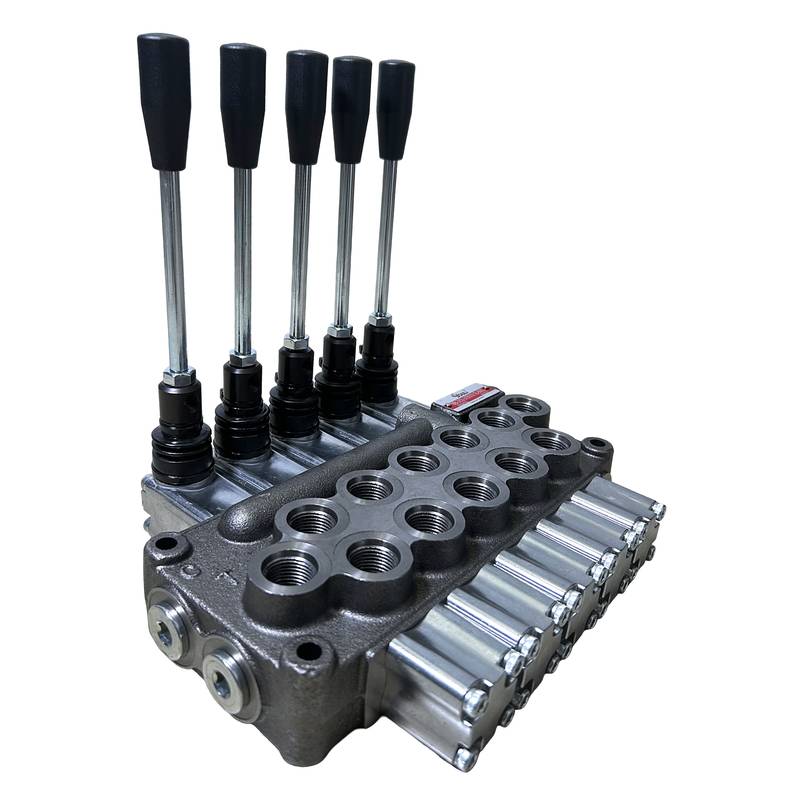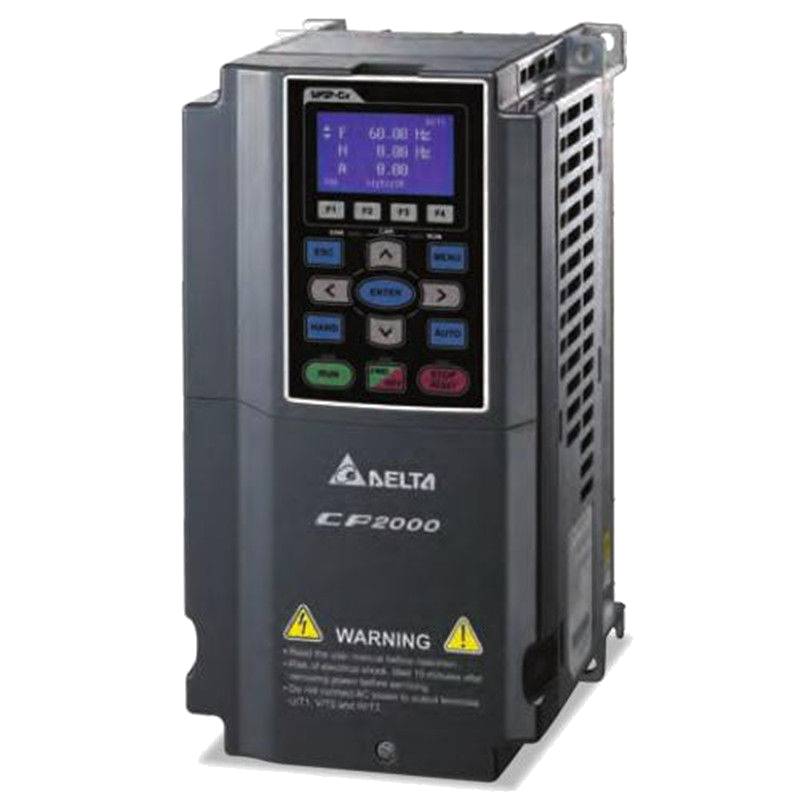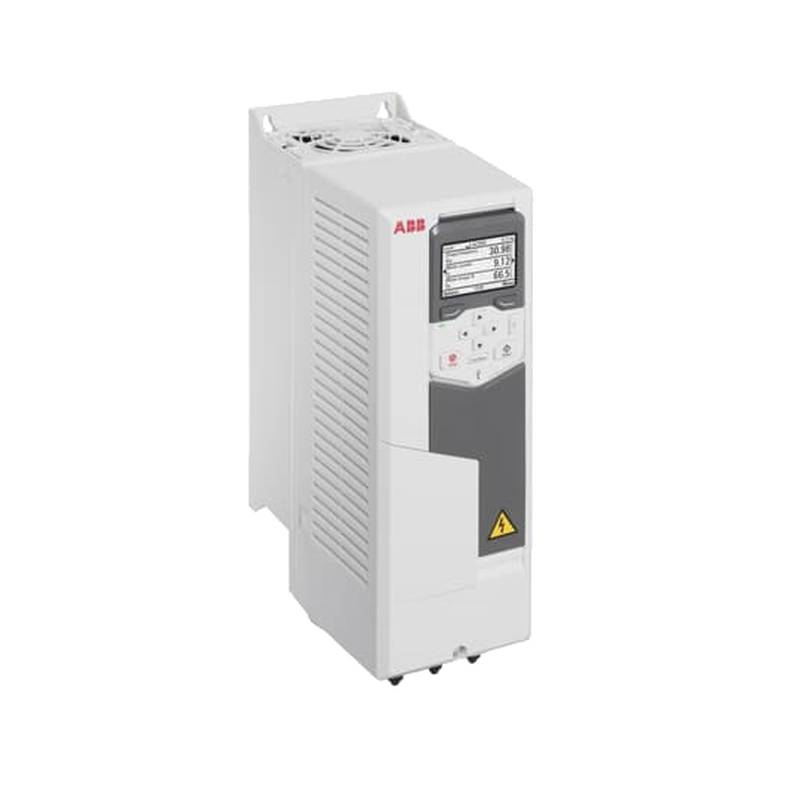
The Siemens 5SU9326-1CN20 is a high-performance residual current device (RCD) module designed for robust electrical earth leakage protection. This 2-pole, 20A, 30mA unit offers critical safety and operational continuity for a wide range of industrial and commercial applications. Its core advantage lies in its rapid and reliable detection of earth faults, significantly mitigating the risk of electric shock and equipment damage. Key technical parameters include a rated voltage of 230/400V, a rated current of 20A, and a rated residual operating current of 30mA, ensuring compliance with stringent safety standards. The Type C tripping characteristic allows for a degree of surge tolerance, making it suitable for circuits with moderate inrush currents.
Siemens 5SU9326-1CN20: Product Specifications
| Feature | Specification |
| :-------------------------- | :-------------------------------- |
| Product Type | Residual Current Device (RCD) |
| Manufacturer | Siemens |
| Model Number | 5SU9326-1CN20 |
| Poles | 2 |
| Rated Current (I_n) | 20A |
| Rated Residual Operating Current (I_Δn) | 30mA |
| Rated Voltage (U_n) | 230/400V AC |
| Tripping Characteristic | Type C |
| Frequency | 50/60 Hz |
| Breaking Capacity (I_m) | 6 kA |
| Mounting Type | DIN Rail |
| Degree of Protection | IP20 |
| Ambient Temperature Range | -25°C to +45°C |
Core Features & Market Positioning
The Siemens 5SU9326-1CN20 excels in providing dependable protection against indirect contact and fire hazards caused by earth leakages. Its market positioning is firmly established within the industrial sector, where reliability and safety are paramount. This module differentiates itself through Siemens' renowned build quality and advanced tripping technology, ensuring minimal nuisance tripping while maximizing protection. The robust design guarantees long-term operational stability in demanding environments, a critical factor for businesses prioritizing uptime and safety compliance. Its 2P configuration makes it ideal for single-phase circuits requiring comprehensive earth fault detection.
Key Application Scenarios
This Siemens RCD module is ideally suited for protecting essential circuits in manufacturing plants, commercial buildings, and infrastructure projects. Common applications include safeguarding power distribution for machinery, control panels, lighting systems, and sensitive electronic equipment. Its 20A rating and 30mA sensitivity are particularly effective in preventing shock hazards in areas with increased risk, such as workshops or areas with exposed conductive parts. For installations requiring Type C protection, such as circuits powering motors or transformers with moderate inrush currents, the 5SU9326-1CN20 offers an excellent balance of protection and operational continuity.
Practical System Integration Guidance
Integrating the Siemens 5SU9326-1CN20 into existing electrical systems is straightforward due to its standard DIN rail mounting. Wiring is typically accomplished by connecting the line and neutral conductors to the input terminals and the protected circuit's live and neutral to the output terminals. Ensure the module is correctly oriented for proper function. Earthing connections should follow local electrical codes for optimal safety. When installing multiple RCDs, maintain adequate spacing to prevent thermal buildup and ensure compliance with manufacturer guidelines for upstream overcurrent protection.
Operation and Risk Mitigation
The primary function of the Siemens 5SU9326-1CN20 is to monitor the current balance between the live and neutral conductors. If an imbalance exceeding 30mA occurs, indicating current leakage to earth, the device rapidly disconnects the circuit, typically within milliseconds. This swift action is crucial for preventing severe electrical shocks and fires. To mitigate operational risks, regular testing of the RCD using its integrated test button is recommended (e.g., monthly). If the device trips frequently, investigate the protected circuit for faults rather than assuming a device malfunction. Refer to the product manual for specific troubleshooting steps and error indicators.
Scalability & Long-Term Value
The Siemens 5SU9326-1CN20 offers significant long-term value through its compatibility with the broader Siemens industrial automation ecosystem. While RCDs themselves are not typically "upgraded" in the traditional sense, their robust construction and adherence to international standards ensure a long service life. Its integration into standard electrical panels allows for easy replacement or expansion of protection as system requirements evolve. For facilities moving towards smart grids or IIoT integration, this module serves as a foundational safety component, ensuring reliable operation of connected systems and facilitating data collection on circuit status when integrated with compatible monitoring systems.
Frequently Asked Questions
What is the primary function of the Siemens 5SU9326-1CN20?
This module provides essential earth leakage protection. It safeguards against electric shock hazards and fire risks. It continuously monitors for current imbalances.
It detects current flowing to earth. This prevents dangerous situations in electrical systems. It is a crucial safety device for many applications.
It trips rapidly when leakage is detected. This minimizes exposure time to electrical faults. It ensures personnel and equipment safety standards are met.
Can the Siemens 5SU9326-1CN20 be used for single-phase or three-phase circuits?
This specific model is a 2-pole device. It is designed for single-phase AC circuits. It protects both the live and neutral conductors.
For three-phase systems, you would need a different configuration. Typically, a 4-pole RCD is used for three-phase protection. Always verify the pole count needed for your application.
Ensure correct wiring for single-phase use. Connect line and neutral to input, and protected circuit's line and neutral to output. This ensures effective protection.
What does a 30mA residual current rating signify?
A 30mA rating indicates the sensitivity of the device. It will trip when earth leakage current reaches 30 milliamperes. This is a standard for personal protection.
This level of leakage is considered dangerous for humans. The RCD intervenes quickly at this threshold. It significantly reduces the risk of electrocution.
It allows for some small leakage in a healthy system. However, any significant deviation triggers a rapid shutdown. This balance ensures safety without excessive nuisance tripping.
What is the significance of the 'C' in the tripping characteristic?
The 'C' denotes the tripping curve type. It is designed for circuits with moderate inrush currents. This includes inductive loads like motors.
Type C breakers allow for higher short-term overcurrents. They can tolerate up to 5 to 10 times the rated current briefly. This prevents nuisance tripping from startup surges.
It is distinct from Type B (very low inrush) or Type D (high inrush). Choosing the correct characteristic is vital for system stability and protection. This module offers flexibility for various loads.
How do I install the Siemens 5SU9326-1CN20 module?
Installation requires mounting it on a standard DIN rail. Ensure the rail is securely fixed in the electrical enclosure. Proper grounding of the enclosure is also critical.
Connect the incoming power supply wires to the input terminals. Connect the outgoing wires for the protected circuit to the output terminals. Follow wiring diagrams carefully for correct L/N connections.
Always de-energize the circuit before installation. Verify connections and test the device using its test button after installation. Consult local electrical codes for compliance.
What is the rated breaking capacity (I_m) of this RCD?
The rated breaking capacity is 6 kA. This is the maximum fault current the device can safely interrupt. It indicates the level of short-circuit protection it provides.
This capacity ensures that the RCD can withstand and interrupt severe fault conditions. It protects the downstream circuits and installation from damage. It is a key safety parameter.
Ensure upstream overcurrent protection (like a circuit breaker) is appropriately rated. The combination should protect the entire circuit. This 6kA rating is suitable for many common installations.
What is the recommended maintenance for the 5SU9326-1CN20?
Regular testing is the primary maintenance task. Use the built-in test button monthly. This verifies the tripping mechanism is functioning correctly.
Visually inspect the module for any signs of damage or overheating. Ensure terminals are clean and connections are tight. Keep the area around the module free from dust and debris.
Periodic professional inspection by a qualified electrician is advisable. This ensures ongoing compliance and safety. Proper maintenance extends the device's lifespan.
Can this module be used in high-temperature environments?
The operating ambient temperature range is -25°C to +45°C. This range is suitable for most standard industrial and commercial settings. Avoid installing in areas exceeding this limit.
Exceeding the maximum temperature can affect performance. It may lead to premature aging or failure. Ensure adequate ventilation in the electrical enclosure.
For extreme environments, consult Siemens for specialized products. Specific cooling or environmental protection may be required. This standard unit is for typical conditions.
What is the difference between an RCD and a Circuit Breaker?
A circuit breaker primarily protects against overcurrents (overloads and short circuits). It interrupts the flow of electricity when current exceeds a safe limit. Its main function is equipment protection.
An RCD (Residual Current Device), like this module, specifically detects earth leakage currents. Its primary function is personal protection against electric shock. It trips at much lower currents than standard breakers.
Often, RCDs are used in conjunction with circuit breakers. The breaker provides overcurrent protection, while the RCD provides earth leakage protection. This offers comprehensive safety.
Where can I find the full technical datasheet for the Siemens 5SU9326-1CN20?
The most detailed technical specifications are available directly from Siemens. You can typically find datasheets on the official Siemens Industry Mall or their product support website. Always ensure you are downloading the latest version.
Reviewing the datasheet will provide comprehensive information. This includes dimensional drawings, electrical characteristics, and installation instructions. It is essential for precise application planning.
For specific queries or complex integration scenarios, contacting Siemens technical support directly is recommended. They can provide expert advice tailored to your project needs.

















